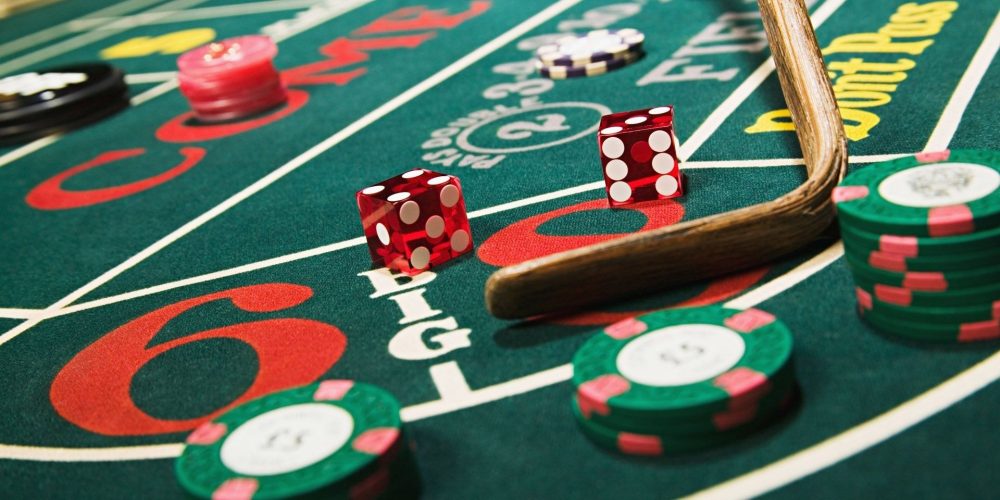
Advanced Training Techniques for Fighting Roosters
Learning to cockfight is a time-consuming procedure. The process includes running, sparring as well as other physical activities. The athletes are given eating a balanced diet in order to help support muscle growth and endurance.
The difference between normal combat as opposed to a battle designed for establishing a pecking-order fight is vital. If a contest is pecking order-based, the victorious rooster chases the loser, but isn’t seriously injured.
Methods of training
Cockfighting is an old sport that is still practiced by many communities today and has been around for a long time. Two roosters specially bred to be aggressive and placed in a ring with each others to make them want to battle until the very end. The fighting breed should be physically fit and agile to quickly determine the pecking orders. It is important to have a daily routine that involves exercise and sparring in order for roosters at their peak during matches.
Shahabuddin is the manager of Galwa on a nightly basis, in order to improve its endurance and kicking ability. Shahabuddin provides it with a diet high in proteins and minimal in calcium. Galwa’s body weight is maintained via the food. However, it should not be overfed. A bird gets fat when it’s overfed which means its fighting ability and agility is reduced. It is also recommended that cockfighters undergo regular medical checks to ensure it is in good health.
Fighting rooster conditioning
Fighting roosters are conditioned in an effort to improve endurance. They’re also trained to to deal in the chaos and noise in a battle pit. They train every third day, with “hard exercise” on the sixth day before battle day. Muffs are worn and they spray the feathers and tape bills throughout the stay.
A good cock for fighting should exhibit the following characteristics like reddish-colored shanks, waving of tail, calmness, awareness, and a preening. He should also have smooth and shiny feathers daga88. Additionally, he must be able to head knock because of partial dehydration.
To make sure that the cocks are conditioned for the fight and to ensure that they are properly conditioned, fighters position them on high roosts in pen with at the very least 6″ of builders sand. The birds are fed a mix of pigeon feed as well as whole corn, scratch as well as 22% of laying pellets. The birds also receive vitamin supplements (including B-complex) in the form of powder, which is added to the feed.
Rooster sparring sessions
Cockfighting, a long-standing violent sport that pits two aggressive two roosters and incites them to fight, is a very ancient and violent sport. It is a blood sport that is prohibited in many states, however it continues to thrive when it’s legal. Fighting roosters have to be properly trained and in prime physical condition to win at the end of the day. Mental training is also used to improve the fighting spirit of Roosters. The training may include exposure to roosters, under controlled conditions.
For the first time take the cock, and any other bird that is fighting their cages. Sprinkle food on their backyard. It can also spur other roosters in the area to join in and forage. The birds will then be able to stay clear of a confrontation with the cock when it tries to pose, and engage in a battle. When necessary, water can be used to separate the roosters. This prevents the possibility of bites and scratches that could harm the cock.
Breeding fighting cocks
Birds used for cockfights have been specially developed to enhance their endurance and strength. They also have a strong instinct to attack other males of their species. An cock fight usually lasts a few minutes and can result in serious injury, including punctured lungs and pierced eyes. Even though cocks may survive the injuries they sustain, a majority do not and die after an event. Wagers are often placed on the games.
Roosters used for fighting have steel spurs that are attached onto their legs. The gaffs are sharp and can cause serious injuries. If there is a cockfight, birds use their gaffs to engage in a fight and cause the maximum amount of damage.
While cockfighting has been prohibited in a number of states, it still persists. This is especially prevalent where there are no punishments. The HSUS strives to defend animals and change laws. Still, you can assist by contacting your legislators to demand stronger penalties for cockfighting.
